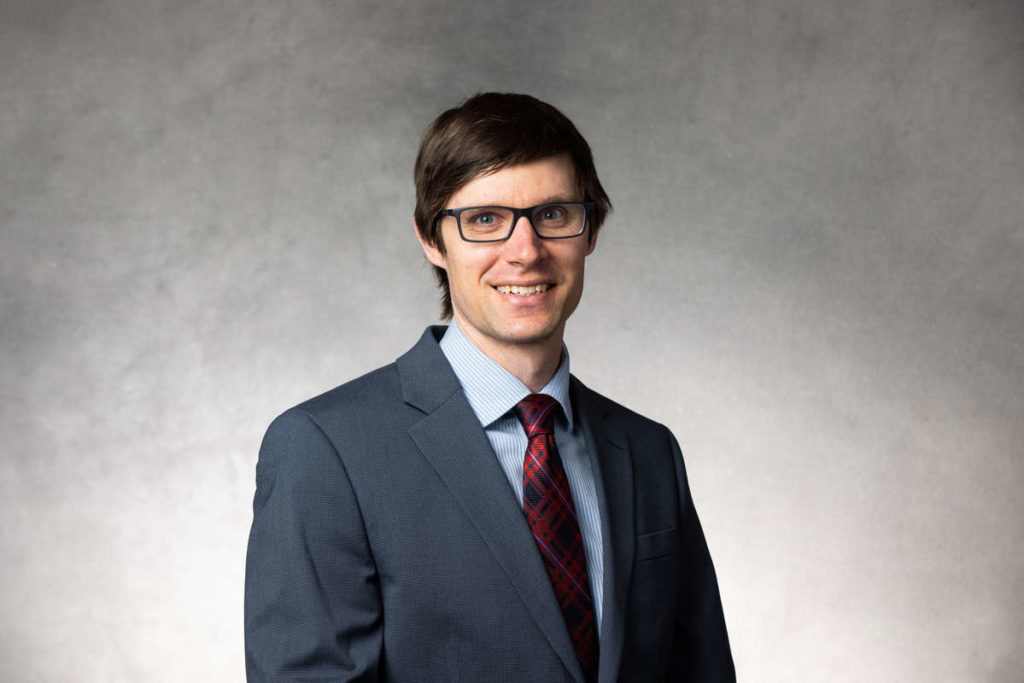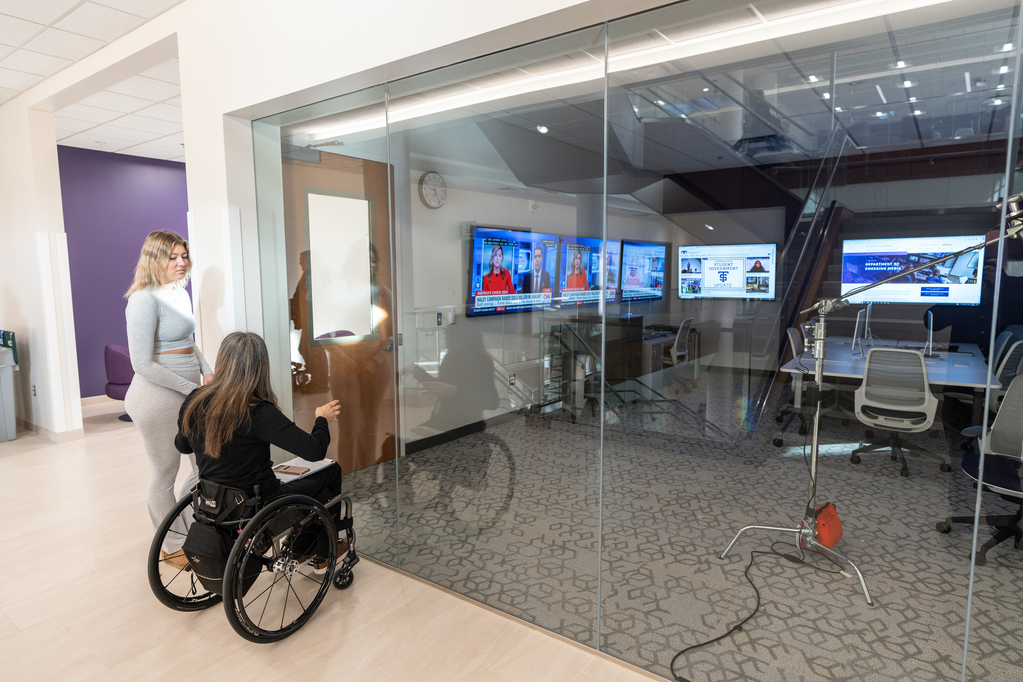The professional workforce in Minnesota is facing challenges from both ends of the generation spectrum and, as business leaders, our alarms should be going off. Not only are baby boomers retiring at an accelerated rate, but young professionals are leaving Minnesota in droves, and no one seems to know why it’s happening or, more importantly, what to do about it!
There is no shortage of opinions as to what’s causing this mass exodus. High state taxes, extremely long winters, lack of exciting career opportunities, and even the lack of a soccer stadium have been presented as possible causes.
In my 12 years of experience in executive search, I have been surrounded by millennials as colleagues, candidates and clients. In the spirit of full disclosure, I’m a baby boomer and have four millennials as offspring. Three have chosen to leave the state and work elsewhere - two in Boston and the third in Los Angeles. Though not based on any scientific research, I have a pretty good idea of why this millennial exodus is happening and, to be honest, we can’t do anything about it.
But don’t lose hope yet! While we may not be able to stop young people from leaving, we can attract much-needed millennial talent if we focus our attention on improving our quality of life and making Minnesota a destination for young, talented people.
There were approximately 76 million people born between the years of 1946 and 1964, which represents the window of time for the baby boom generation. Recent studies estimate that about 11,000 baby boomers retire every day. The baby boomers currently represent the largest segment of our workforce and this exodus of business experience and acumen will have a significant impact on the workforce nationally.
Millennials, those born roughly between the years of 1980 and 2000, make up about 75 million of the United States population, and approximately 36% of the workplace. In less than 10 short years, it’s predicted that this generation will represent about 75% of the workforce. In other words, millennials and baby boomers will have switched positions as being the largest segment of our workforce nationally. Just as the baby boomers’ retirement will greatly alter the workforce, the millennials entry will likely change the very nature of how we do business.
An exceptionally revealing article by Jackie Crosby appeared in the Star Tribune recently. The following summarizes the more significant take-aways;
- States need to attract and keep young professionals to offset baby boomer retirements.
- Minnesota has about 9,300 18-24 year olds moving out annually
- Over the next 15 years, more Minnesotans will retire than in the past 6 decades combined. By 2020, it’s predicted the state will have a shortage of more than 100,000 workers.
- Young adults tend to be the most mobile group, and by the time they reach their mid-30’s, they tend to settle down.
- Despite a diversified economy, low unemployment, ample supply of brew pubs, music venues and bike paths, Minnesota is losing young people.
- Other places; Denver, San Diego, Seattle, and Austin are having more success than Minnesota in courting out-of-state college students and young professionals, and have become magnets for millennials.
- Greater MSP has recently assembled a “talent task force” of Fortune 500 CEO’s and up-and-coming professionals, and plans to roll out a marketing campaign to attract young professionals from other states.
- “Jobs are the beginning of the conversation. They don’t close the deal.” - Peter Frosch, VP at Greater MSP, a nonprofit focused on economic development in the Twin Cities.
- People who are migrating away to other states are moving to something, not away.” - Jim Russell, geographer at Cleveland State University studying the relationship between migration and economic development.
Predominant characteristics of millennials are well known, however there’s one in particular that I feel more fully explains their mobility. Millennials are fantastic multitaskers, socially connected, and tech-savvy. They look for recognition, flexibility and work-life balance, collaboration, transparency and career advancement - all very admirable attributes.
So, why can’t we do anything about the exodus of young professionals? Because, as a generation, millennials also exhibit “wanderlust,” which is defined as “a strong desire for or impulse to travel and explore the world.” In other words, they’re going to leave anyway, and we can’t do anything about it.
What we can do – attract young professionals from other states. That’s why, in my opinion, the last 3 bulleted items on the list above are the most important. Having jobs/careers available is only part of the attraction, we need to understand that they’re being attracted to something elsewhere, not leaving because something is broken here.
Why is there hope? Because Minnesota is still a great place to live and raise a family. The state, the Twin Cities, and surrounding towns are consistently recognized nationally as some of the “best places to live.” My prediction, and hope, is that a majority of millennials will return to “settle down” once they begin to have families of their own. Let’s work together to make it happen.
What do you think Minnesota could do to attract young talent to our workforce? Or if you or someone you know has left (and even has plans to return someday), let’s talk in the comments below!







